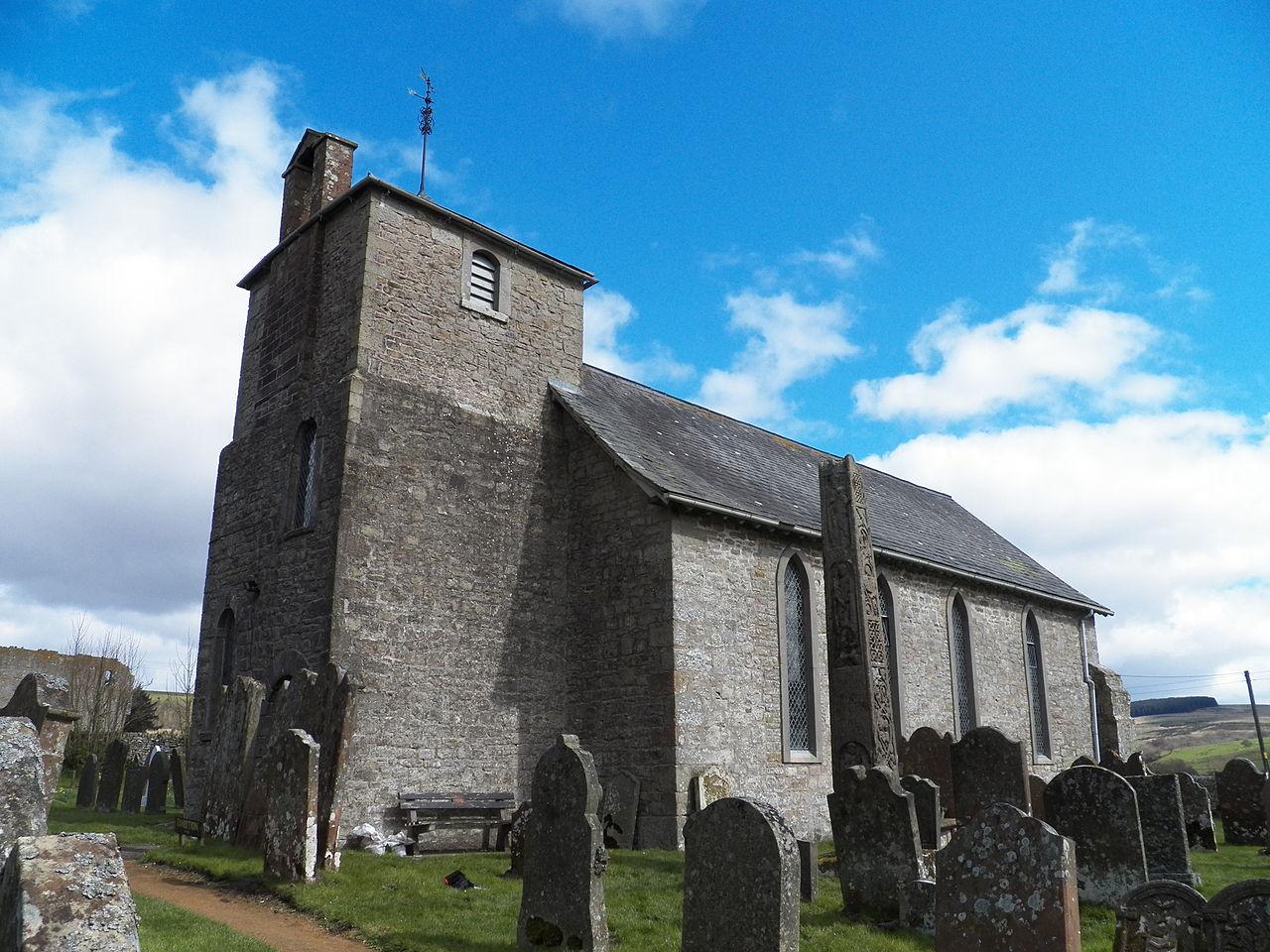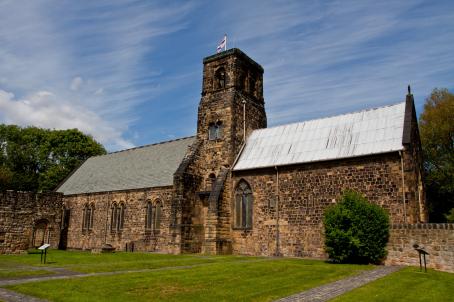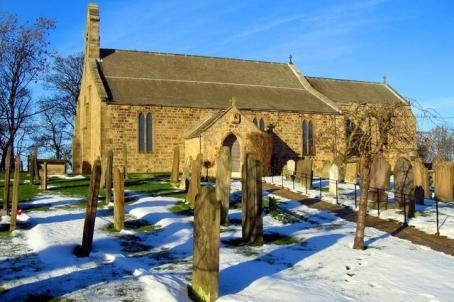St Cuthbert

Here is one of Pevsner's twelve most important monuments in Britain, the 8th century, Anglo Saxon Bewcastle Cross. Remarkably, it stands free in the churchyard where it has stood for nearly 1500 years. The church is rather simpler and certainly younger, parts of it dating from 1277, although mostly it is the Victorian alterations that endure. Simple though it is, visitors feel the peaceful and calming atmosphere of the church.
About this building
For more information visit on this building visit www.explorechurches.org/church/st-cuthbert-bewcastle




